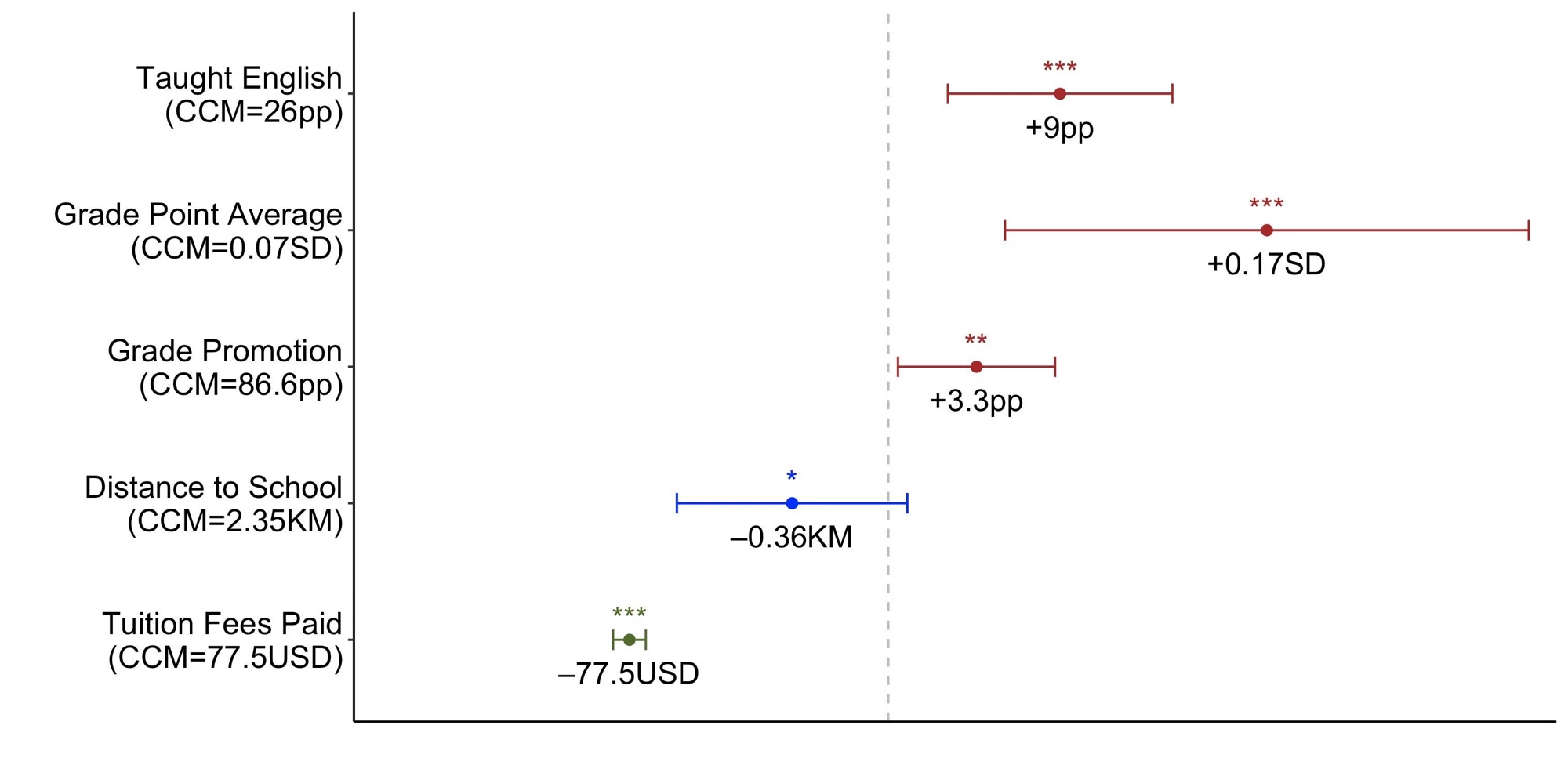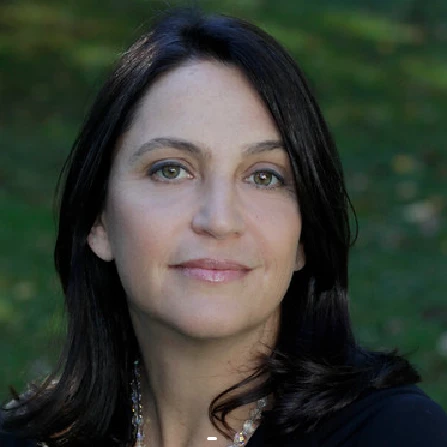It is well established that financial development is necessary for the efficient allocation of capital and firm growth, yet firm-level surveys have repeatedly found access to finance to be among the biggest hurdles to starting and growing a new business. For instance, in the World Bank’s Enterprise Surveys standardized dataset for 2006-2009, 31% of firm owners around the world report access to finance as a major constraint to current operations of the firm, while this figure is 40% for firms under three years of age.
In a recent paper with Larry Chavis and Inessa Love we address two types of questions: (1) What is the relationship between firm age and sources of external financing? and (2) Is there a differential impact of the business environment on access to financing by young versus old firms?
To summarize, we find systematic differences in the use of different financing sources for new and older firms. We find that in all countries younger firms rely less on bank financing and more on informal financing. However, we also find that young firms have relatively better access to bank finance in countries with stronger rule of law and better credit information and that the reliance of young firms on informal finance decreases with the availability of credit information.
We use data from the Enterprise Survey dataset, which includes over 100,000 randomly sampled firm-level observations collected in cross-sectional surveys in 118 countries. We use the year that the firm began operations in the country as our measure of firm age, with the caveat that this is not necessarily the year that the firm registered or began operating as a formal business. We find that about 10% of the total sample is three years old or younger, while about 60% of all firms are twelve years or younger.
First, we examine the percentage of firms that use various banking services, distributed by age. We find a slight increase in usage of checking and/or savings accounts and a significant rise in usage of credit products – overdraft and line of credit – as firms grow older (Figure 1). When we add into consideration country income-level, we do not observe a significant effect of age on the use of checking and/or savings accounts, but do find that firms in low-income countries are significantly less likely to have an overdraft facility or line of credit. This highlights two important points: First, even in low-income countries, formally registered businesses are likely to have deposit accounts for financial safe keeping and transactions; second, the vast majority of new firms do not have access to short-term financing.
Source: Chavis, Klapper, and Love, 2010.
Next, we examine the distribution of sources through which firms finance working capital and new investments, by firm age (Figure 2). About 20% of all young firms use bank financing, though only about 15% of young firms do so in low-income countries. Across all income groups, the percentage of firms using bank financing increases as firms mature, and almost doubles by the time firms reach 13 years, relative to new firms.
Source: Chavis, Klapper, and Love, 2010
The relationship between age and informal financing runs in the opposite direction. The use of informal financing drops off over time, decreasingly most sharply during the first few years after a firm begins operations. Additional tests show that these results are not driven by a different composition of firms across countries, or different country-level characteristics.
Furthermore, we find a nontrivial relationship between firm age, financing mechanisms and country-level institutional characteristics from Doing Business 2010. For instance, bank finance is used more often in countries with stronger rule of law and greater credit information, while the reverse is found for informal finance. Furthermore, in countries with weak rule of law and credit information, younger firms use less bank finance, relative to older firms; in countries with strong rule of law and credit information, there is no significant difference across firm age. One explanation for this finding may be that older firms in weaker business environments can rely on alternative mechanisms, such as higher visibility, track record, and reputation, to obtain formal credit.
It is also interesting to note the real effect – measured by new investment decisions – of financial exclusion in countries with weak rule of law. Relative to young firms, older firms in countries in the top three quartiles of rule of law are 50% more likely to use bank financing to invest in fixed assets. This difference is magnified in countries with the weakest rule of law, as older firms in the bottom quartile are over three times more likely to use bank financing for new investments.
An important caveat to our analysis is the issue of survival bias. In other words, it might be the case of ‘survival of the fittest’, i.e. older firms might have greater access to finance because they are better firms relative to younger firms, many of which may not survive long enough to be classified as “older”. Using an additional question asked in only five Latin American countries, we do not find that the use of commercial bank financing at startup is related to firm age; yet if selection bias were a significant problem related to financing, we might expect older firms to have more bank financing at start-up. This is certainly not a guarantee that our analysis does not suffer from such problems, but it gives us some indication that older firms and younger firms were similar at start up with regards to financing options.
Overall, these results suggest that improvements to the legal environment and availability of credit information are disproportionately beneficial for promoting access to formal finance by young firms. Furthermore, the increase in the use of bank financing for new investment in fixed assets as the firm ages is relatively higher in countries with weaker business environments. Taken together, the data suggests that legal and regulatory reforms can improve the potential for ‘high-growth’ entrepreneurship that could lead to job creation and growth.
Further Reading:
“The Impact of the Business Environment on Young Firm Financing” with Larry Chavis and Inessa Love, World Bank Working Paper No. 5322.
“Access to Bank Financing and New Investment: Evidence From Europe” with Larry Chavis and Inessa Love, forthcoming in The Economics of Small Businesses: An International Perspective. Giorgio Calcagnini and Ilario Favaretto eds., Springer Publishing.
“International Differences in Entrepreneurial Finance” with Inessa Love and Larry Chavis, forthcoming in Oxford Handbook of Entrepreneurial Finance, Douglas Cumming, ed., Oxford University Press.
“International Differences in Entrepreneurial Finance” with Larry Chavis and Inessa Love, IFC: Enterprise Note No. 11.




Join the Conversation